Research
We leverage our expertise in surface and interfacial science to conduct both fundamental and applied research. Our research is highly interdisciplinary and it addresses some of the key issues in the areas of anti-fouling, hemocompatibility, phase change heat transfer, icephobicity, sustainability, droplet fluid mechanics, membrane separations and 3D printing. Checkout the Kota Research Group YouTube Channel.
Non-textured Slippery Surfaces
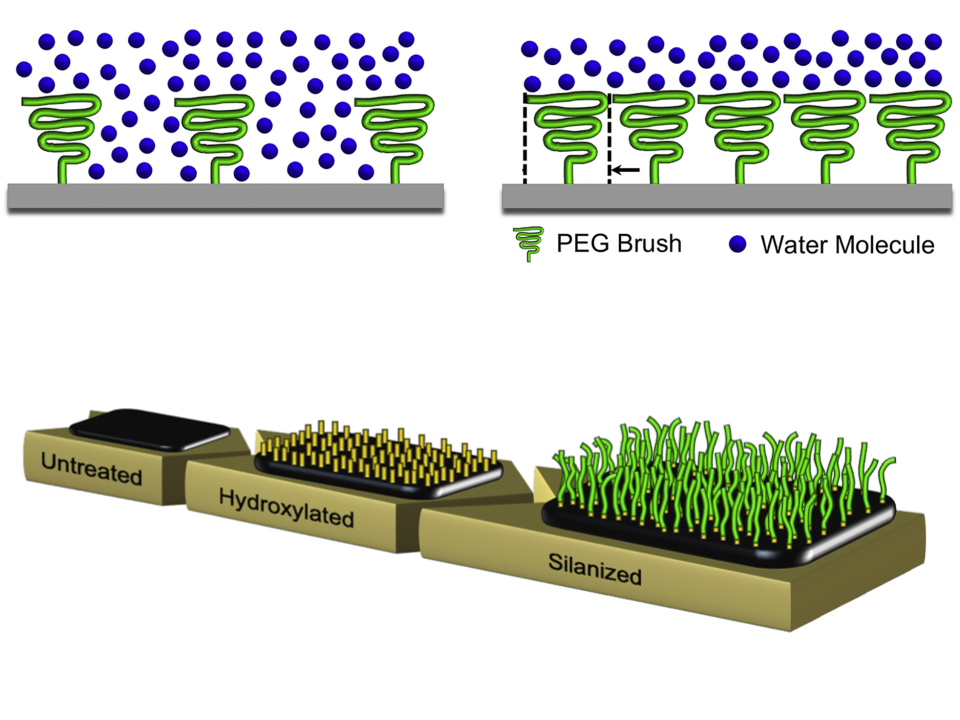
Surfaces that enable high mobility of liquids are called slippery surfaces. Slippery surfaces are sought after because of their wide range of applications in self-cleaning, drag reduction, fouling resistance, enhanced condensation, biomedical implants etc. Our research focusses on systematically designing non-textured, all-solid surfaces by covalently grafting polymeric brushes to smooth substrates with applications ranging from thermofluidics to biofluidics.
Droplet Manipulation
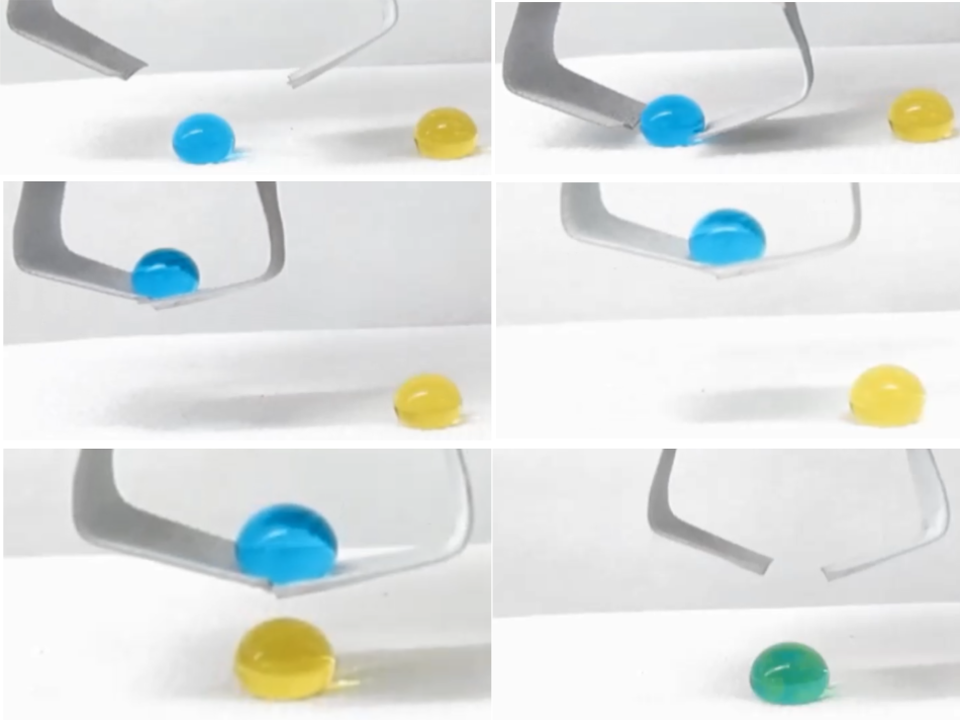
Droplet manipulation is a broad area of research wherein droplets (polar, non-polar, bodily fluids or blood) can be precisely controlled using electric field or mechanical actuators. The simple droplet manipulation mechanisms results in controlled droplet motion without liquid-loss. We envision that our droplet actuation research can pave way towards point of care medical devices, lab on chip devices and wearable electronics.
Anti-thrombotic and Anti-fouling Surfaces
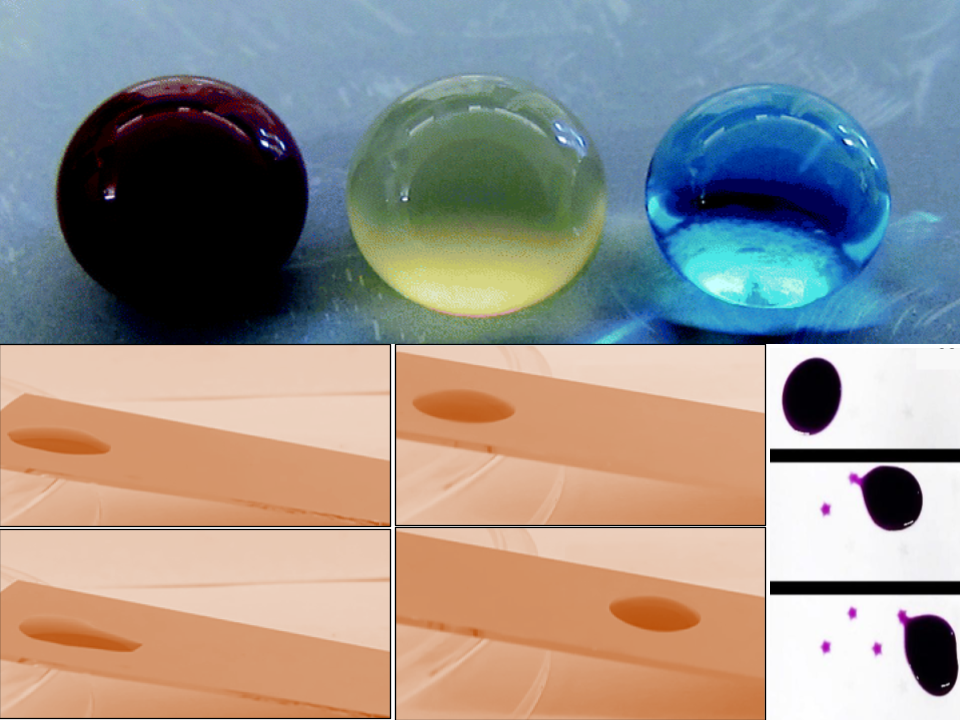
Surfaces that can resist thrombosis thereby inhibit blood clotting are called anti-thrombotic surfaces and surfaces which can resist adhesion of fouling agents (e.g. biofilms, rust, sediments and dust) are anti-fouling surfaces. Our research team works on surface chemistry and surface texturing thereby creating application specific low surface energy materials. These surface finds application in biomedical devices, marine coatings and industrial equipments.
Surfaces for Enhanced Heat Transfer
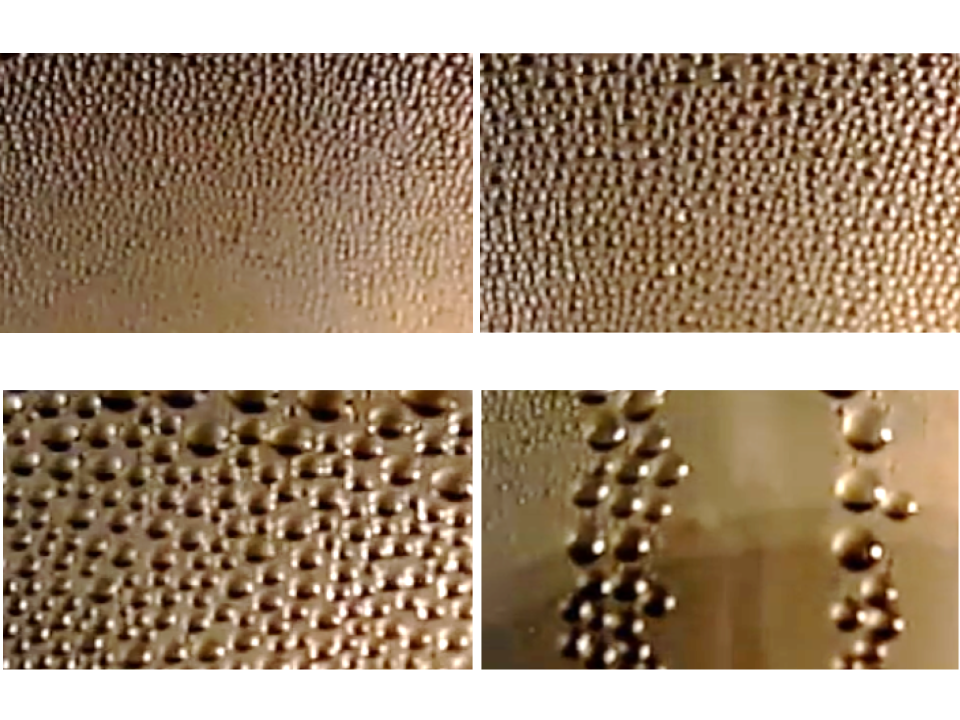
Surfaces has the potential to enhance condensation heat transfer of aqueous liquids. The enhanced condensation is achieved through low sliding angle on the surfaces. Condensed water droplets are halted from accumulate on the surface due to the extremely low sliding angles and promotes rapid and efficient removal of water droplets. Such sustained dropwise condensation surfaces finds application in power generation sector.
Droplet Fluid Mechanics
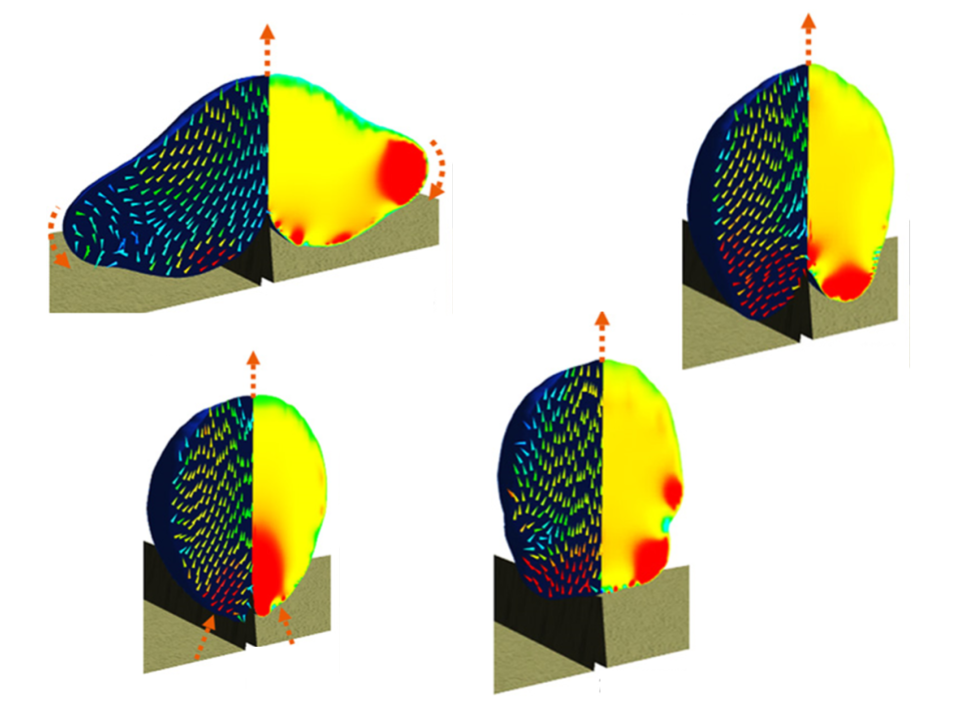
Surface energy distribution plays a major role in estimating droplet behaviour during coalescence, jumping and sliding on surface with and without external forces. Such complex droplet mechanics are studied through combining experiments and numerical simulations. This research front focuses on fundamental studies on solid-liquid interfaces which can have profound implications in understanding surface chemistry.
Separation of Liquids
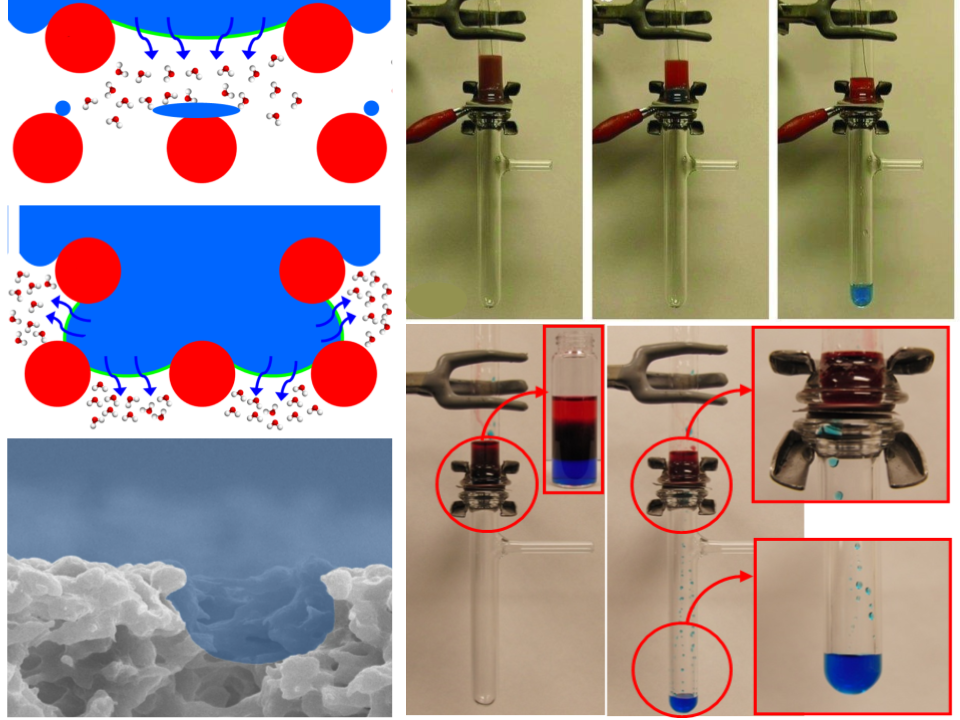
Surfaces play an important role in isolating or removing one or more liquid phases from a mixture, typically for the purpose of purification or resource recovery. Depending on the application, surfaces will be modified to achieve superior and persistent wetting resistance. We envision that such liquid resistant membranes with excellent wetting resistance will find applications in wastewater treatment, water desalination, chemical processing, oil and gas separation.
Icephobic Surfaces
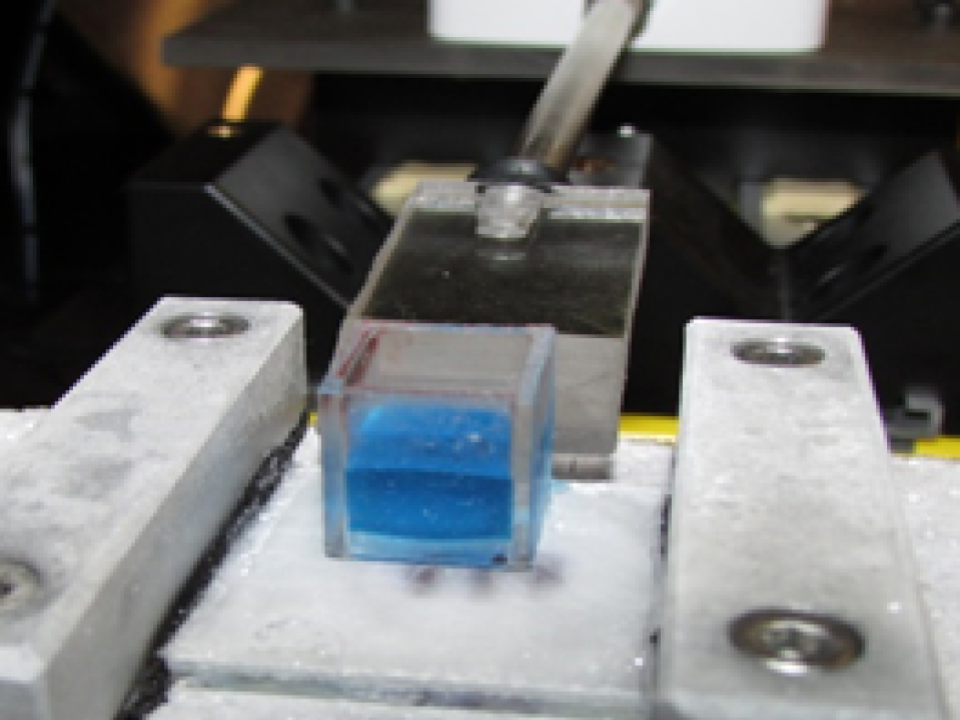
Adhesion and build-up of ice on exposed surfaces (e.g., airplanes, ships, power lines, automobiles, oil drilling marine structures) can be a severe hazard and even endanger human life. De-icing surfaces allow easy removal of ice due to their low ice adhesion strength and anti-icing surfaces can resist ice formation. Through this research pillar, we focus on developing surfaces that can achieve incredible anti-icing and de-icing, combinations of which can be fundamentally and commercially explored.
Superomniphobic Surfaces
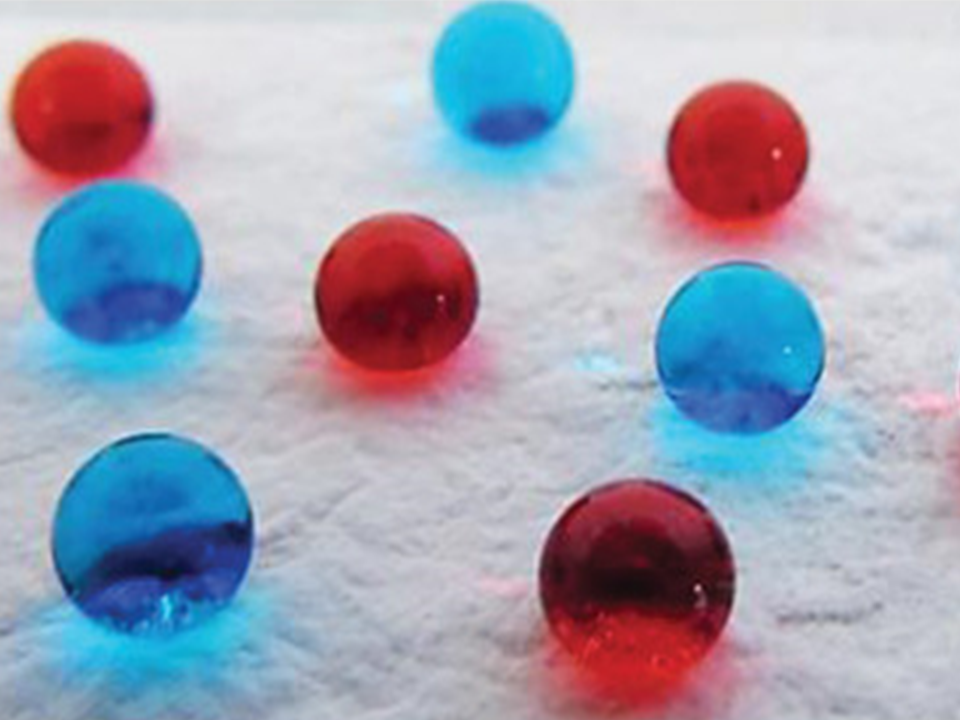
Surfaces that are extremely repellent to water are superhydrophobic surfaces; surfaces that are extremely repellent to low surface tension liquids (oils and alcohols) are superoleophobic surfaces. Surfaces display both superhydrophobicity and superoleophobicity on superomniphobic surfaces. Through this research, we develop superomniphobic surfaces on varying substrates and surface chemistries followed by extensive in-house characterization.
